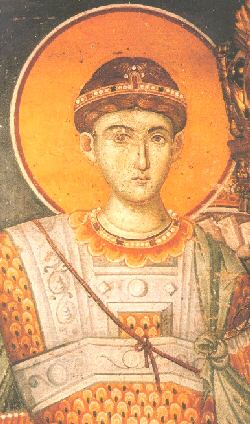|
|
 |
A History of the Byzantine Empireby Al. VasiliefTranslated from the Russian by S. Ragozin, Madison 1928. Notes - Illustration - Study links - HTML editing : by Elpenor © 2007- "They shall be priests of God and of Christ, and shall reign with Him a thousand years. And when the thousand years are expired, Satan shall be loosed out of his prison, and shall go out to deceive the nations which are in the four quarters of the earth ..." - St. John's Revelation (1st c. A.D.) |
|
Chapters : The empire from Constantine the Great to Justinian (324-518) ||| Justinian the Great and his successors (518-610) ||| The Heraclian epoch (610-717) ||| The Iconoclastic epoch (717-867) ||| The Macedonian epoch (867-1081) ||| Byzantium and the Crusades ||| The Empire of Nicaea (1204-1261) ||| From restoration to the fall (1261-1453) ||| Appendix
|
|
Chapter 7The Empire of Nicaea (1204-1261)
New states formed on Byzantine terrirory
Beginnings of the Empire of Nicaea and the Lascarids
Foreign policy of the Lascarids and the restoration of the Byzantine empire
The Despotat of Epirus and its relation to the Empire of Nicaea
Thessalonica and Nicaea
The role of Bulgaria in the Christian East under Tsar John Asen II
The Mongol invasion and the alliance against the Mongols
Theodore and John Lascaris and the restoration of the Byzantine Empire
Ecclesiastical relations with the Nicene and Latin empires
Social and economic conditions in the empire of Nicaea
Education, learning, literature, and art
Byzantine feudalism
|
|
Reference address : https://ellopos.net/elpenor/vasilief/default.asp?pg=7